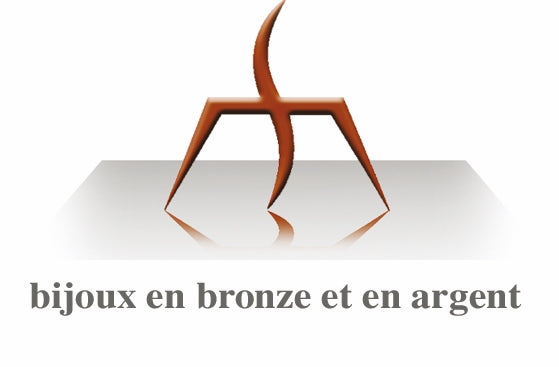
Bronze metallurgy in Antiquity
Share
Bronze metallurgy played a crucial role in the development of ancient civilizations. This alloy of copper and tin, stronger and easier to melt than copper alone, enabled the creation of high-quality tools, weapons, jewelry, and art objects. Let's discover the secrets of this ancient technique together.
The discovery of bronze: a turning point in history
The Bronze Age, which began around 3300 BC in the Near East, marked a major milestone in human history. The discovery of this alloy allowed stone tools to gradually be replaced by stronger and more durable metal objects.
The stages of bronze metallurgy
The manufacture of bronze objects required several steps:
- Mineral extraction : Copper and tin were extracted from mineral deposits.
The tin came from two regions, northwest Spain and Cornwall, the "Cassiterides Islands."
Copper was extracted from the Pioch Farrus mine near Cabrières in the Hérault department, dating from the Late Neolithic period around the middle of the 3rd millennium BC. Due to its perfect state of preservation, the mine allows us to specify the extraction techniques and processes used by copper metallurgists ( learn more... ).
- Smelting of metals : The ores were heated in charcoal furnaces whose combustion was activated by bellows to obtain pure metals.
- Alloy : Copper and tin were mixed in varying proportions to obtain bronze.
-
Casting : Molten bronze was poured into stone or clay molds to create objects of various shapes.
- Africans have preserved techniques close to those used in prehistoric times ( learn more.. )

- Africans have preserved techniques close to those used in prehistoric times ( learn more.. )
- Finishing : The objects were then polished, chiseled or decorated.
Casting techniques
Ancient craftsmen mastered different casting techniques:
- Lost wax casting : This complex technique made it possible to create objects with complex and detailed shapes.
- Bivalve mold casting : This simpler technique was used for mass production of identical objects.
- Sand casting : This technique made it possible to cast large objects.
The uses of bronze in antiquity
Bronze was used to make a wide variety of objects:
- Tools : axes, chisels, saws, etc.

- Weapons : swords, spears, arrowheads, etc.

- Jewelry : bracelets, necklaces, brooches, etc.

- Works of art : statues, figurines, mirrors, etc.
- Tableware : pots, plates, bowls, etc.

The spread of bronze metallurgy
Bronze metallurgy gradually spread throughout the world through trade and migration. Each region developed its own techniques and styles, giving rise to a wide variety of products.
The legacy of bronze metallurgy
Bronze metallurgy has profoundly influenced human history. It enabled the development of new technologies, the growth of trade, and the creation of exceptional works of art. Even today, bronze objects bear witness to the skill and creativity of ancient artisans.
Very beautiful exhibition at the National Archaeology Museum from June 13, 2025 to March 9, 2026
https://musee-archeologienationale.fr/actualite/les-maitres-du-feu

